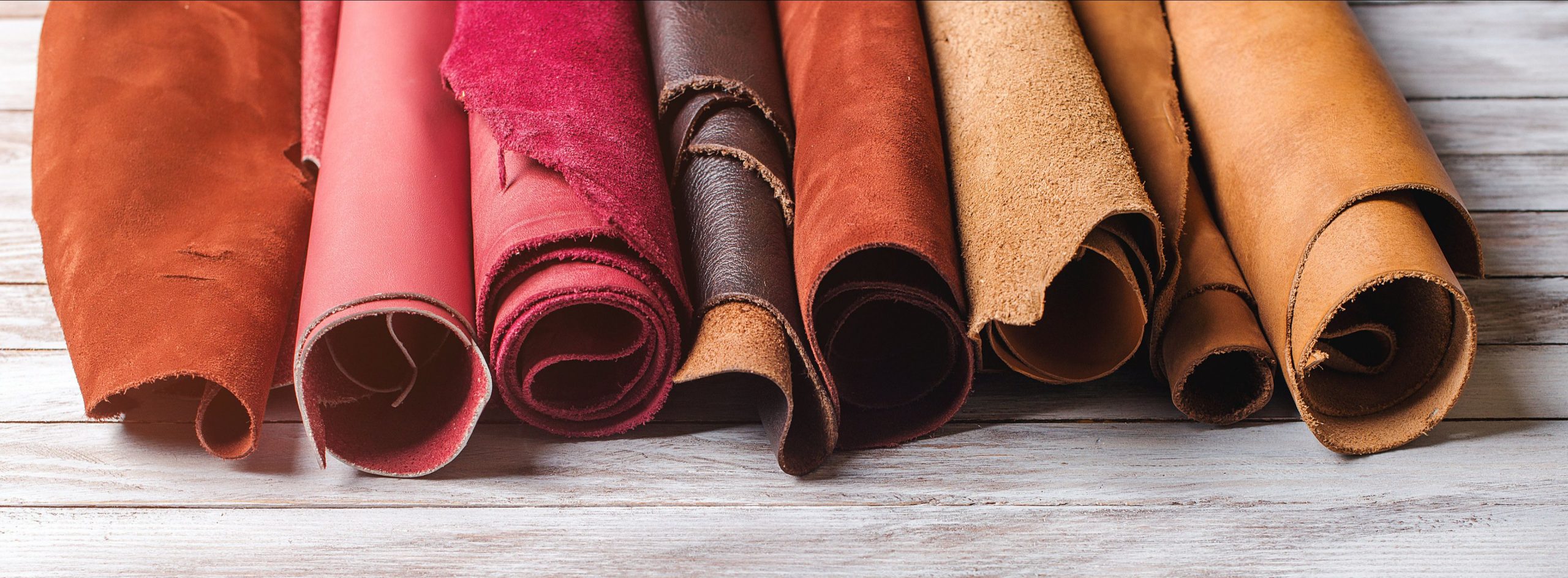Leather: a gift of nature!
According to FAO data, there are around 1,600 million cattle, 1,150 million sheep and 1,000 million goats in the world.
The reasons for keeping animals are manifold and range from raising them for dairy and meat, to using them as a source of social prestige, assets, power or a convenient means of transport.
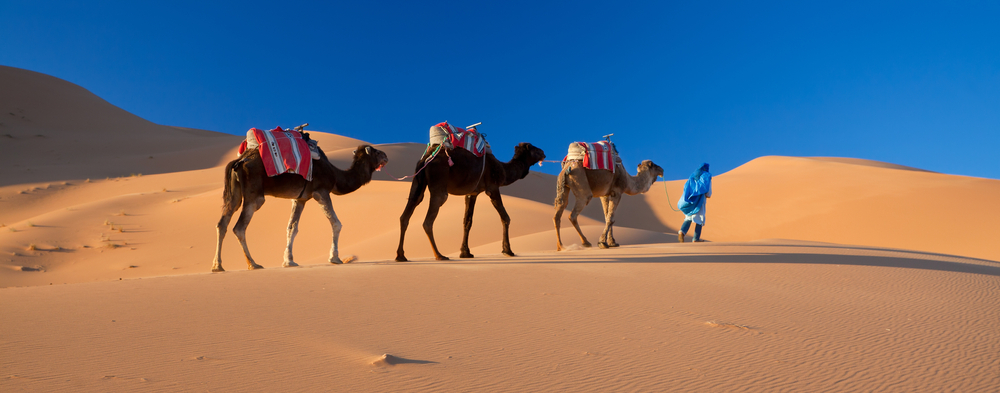
Livestock keeps our pastureland and its biodiversity in good shape.
Where livestock is farmed, animal welfare standards are essential and the EU Animal Welfare Policy includes the “Five Freedoms for the Welfare of Farmed Animals”.
Animal welfare is an ethical duty. An obligation that only has advantages; only well-groomed and healthy animals produce quality milk and, at the end of their lives, a tasty meat. Moreover, only well treated animals enjoy a healthy hide or skin, which tanners can then process into beautiful leather.
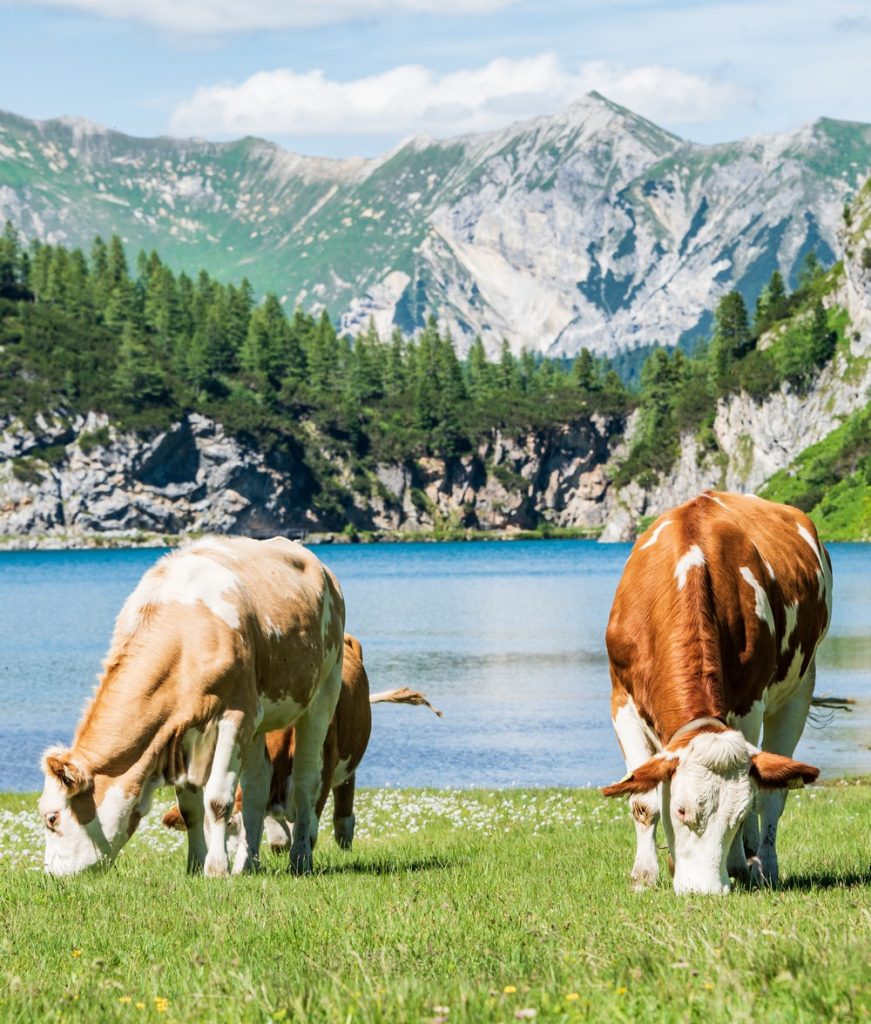
Conversely, a lack of or poor animal welfare has only adverse consequences. There is, of course, animal suffering, but also farmers enduring losses, and, at the end of the chain, a tanner who doesn’t get a quality feedstock. Animal diseases, parasitic attacks, injuries or skin allergies are all revealed when hides/skins are transformed into leather.

Tanners can read hides and skins like in an open book. They can identify the way the animal has been treated during life and whether the slaughter and the flaying has been performed professionally. The less defects they find, the better the animals have been treated.
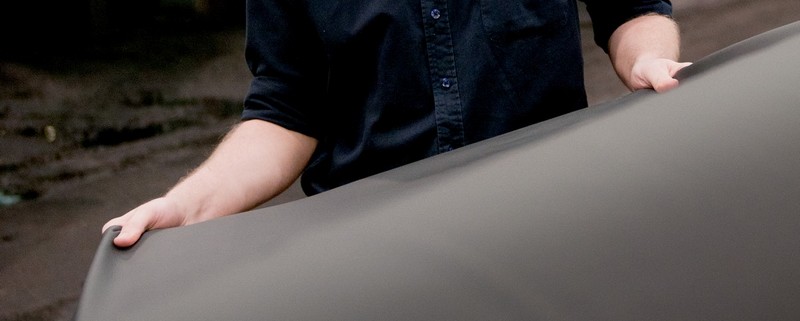
A good quality hide/skin yields a good quality leather. Where possible, European tanners pick and choose only the best. They invest time, resources and efforts in transparency and traceability so as to feed the information on defects back into their upstream supply chains and help continuously improve the quality through better animal welfare.
More quality leather means a more sustainable value chain; less waste, better ethics and more prosperity for everybody!
Edited in December 2021 by
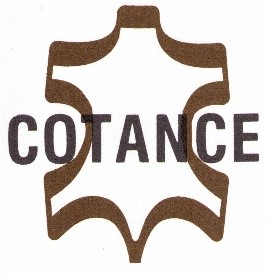
In collaboration with
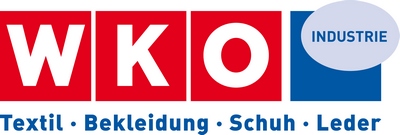
This post is also available in: Swedish

